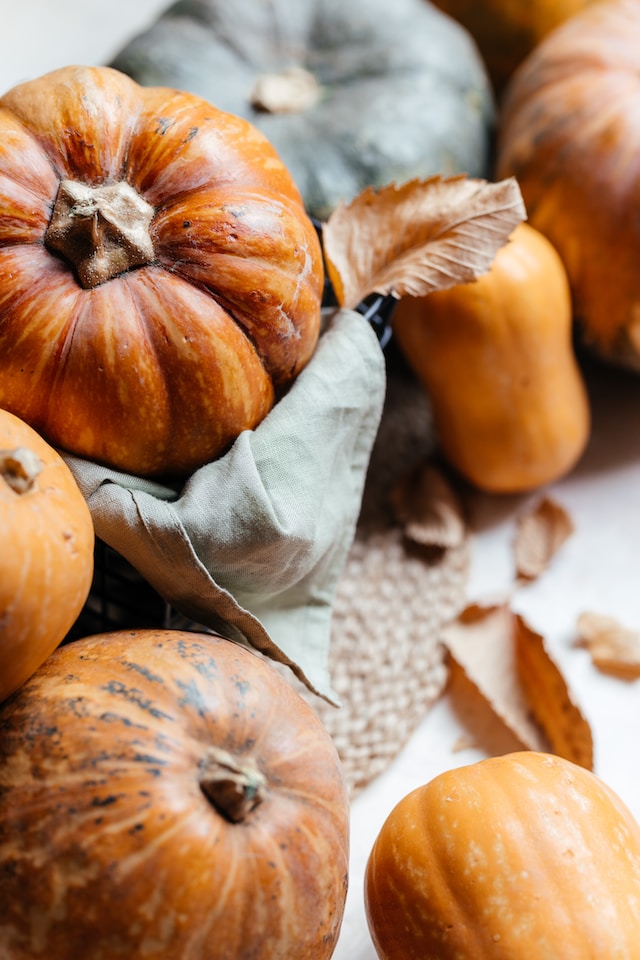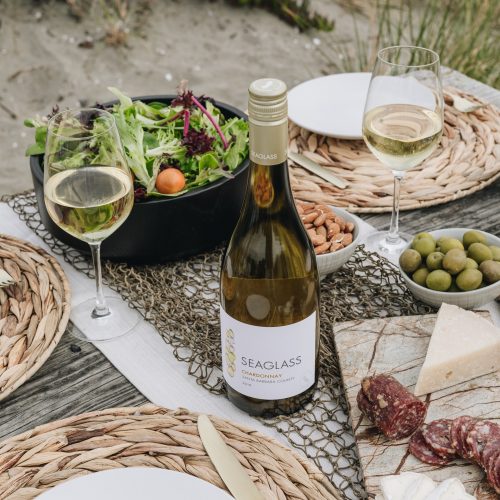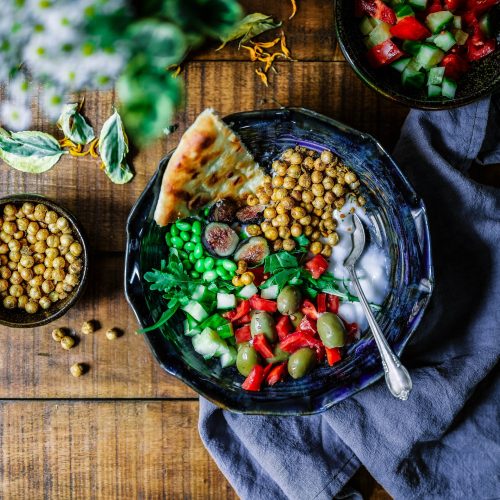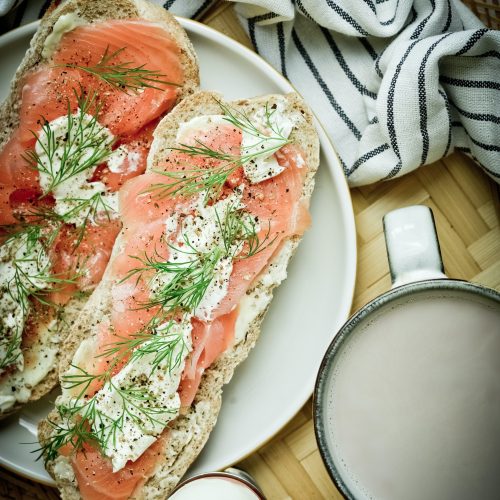As the amber hues of fall settle across the Northern Hemisphere, a tapestry of traditions unrolls amidst the rustling leaves and the crisp, cool air. Thanksgiving, a holiday deeply woven into the cultural fabric of the United States, stands as a testament to both history and harvest. This celebration, alongside various autumnal festivities around the globe, presents a sensory-rich palette that delights the senses while paying homage to the past. Join me, a travel and culture lifestyle journalist, on a sensory journey through these captivating traditions and meals, where history, art, and tradition collide in an enchanting dance of the senses.
The Visual Artistry of Autumn
The visual spectacle of autumn provides a natural backdrop for Thanksgiving and similar harvest holidays. The transition from green to a myriad of golds, oranges, and reds is nature’s own art exhibition. In the U.S., this visual treat is echoed in the decor that graces homes and public spaces. Pumpkins carved into jack-o’-lanterns, cornucopias brimming with fruits of the harvest, and wreaths of dried corn and autumn leaves adorn doorways and tables, a nod to both ancient harvest celebrations and the iconic 1621 Thanksgiving feast shared by the Pilgrims and Wampanoag tribe.
Elsewhere, the artistry of fall is captured in festivals like Japan’s “moon-viewing” (Tsukimi), where families gather to appreciate the beauty of the autumn moon and offer sweet potatoes and rice dumplings as a nod to the agricultural bounty.

The Aroma of Ancestral Kitchens
As you walk through any neighborhood during Thanksgiving, the aromatic tapestry of roasted turkey, cinnamon-infused pumpkin pies, and spiced apple cider weaves through the crisp air, beckoning one to the table. These scents are not just tantalizing; they carry with them the heritage of centuries-old recipes and the hands of countless ancestors who have prepared this meal.
Historically, Thanksgiving is a fusion of Native American and European food traditions, with each dish telling a story of survival, cooperation, and gratitude. The subtle, smoky scent of the turkey may recall the wild fowl that was likely part of the original feast, while the earthy aroma of sage in stuffing or the sweet tang of cranberry sauce evoke the blend of Old World culinary techniques with New World ingredients.
The Symphony of Harvest Sounds
Listen closely, and each tradition sings its own harvest melody. The crackle of the fireplace, the clinking of glasses raised in toasts, and the bustling sounds of a busy kitchen form the symphony of Thanksgiving. In other cultures, the music might differ — the rustling of straw during Japan’s harvest festival, the rhythmic stomping of feet during a European grape harvest, or the steady beat of a drum during Korea’s Chuseok holiday — but the theme of celebrating the fruits of agricultural labor remains constant.
The Tapestry of Textures
From the rough husk of a harvested corn to the silky strands of a peeled pumpkin, textures abound during harvest festivals. On Thanksgiving, the contrast between the crunchy top of a green bean casserole and the smooth, velvety puree of mashed potatoes creates a tactile mosaic on the plate. This juxtaposition is a silent yet profound reminder of the diverse and bountiful gifts of the land.
The Palate of Traditions
No sensory journey would be complete without the flavors that define these celebrations. Thanksgiving offers a culinary map of flavors ranging from the briny, rich taste of gravy to the sweet, creamy bite of a pecan pie. Each flavor tells a part of the Thanksgiving story, much like the various traditional dishes of other cultures reflect their histories and landscapes.
In Italy, for example, the autumn chestnut festivals celebrate this nut with a flavor as deep and complex as the forests from which they fall. In Germany, the hearty taste of freshly harvested apples in Apfelwein is both a celebration of the fruit and the craftsmanship of fermentation that dates back to the time of Charlemagne.
The Heart of the Holiday
Beyond the sensory experiences, these autumnal celebrations are rooted in the human need for connection and the inherent desire to give thanks. The act of gathering and sharing a meal is a common thread that runs through all cultures, a universal language of care and community.
Final Reflection
As you partake in Thanksgiving or any autumnal festival, let the sensory experiences transport you. Let the vibrant visuals inspire you, the comforting aromas envelop you, the harmonious sounds relax you, the diverse textures intrigue you, and the rich flavors satisfy you. But above all, let the heart of the holiday remind you of the shared human experience, the artistry of tradition, and the timeless beauty of giving thanks.
Whether you’re breaking bread at a Thanksgiving feast, savoring the sweetness of a moon-view, or toasting with a glass of Apfelwein, the sensory traditions of autumn are an artful celebration of life’s bounty. They are a vibrant reminder that, though the world may change, the richness of our cultural tapestries and the simple act of sharing a meal remain constant threads in the fabric of humanity.



Leave a Reply